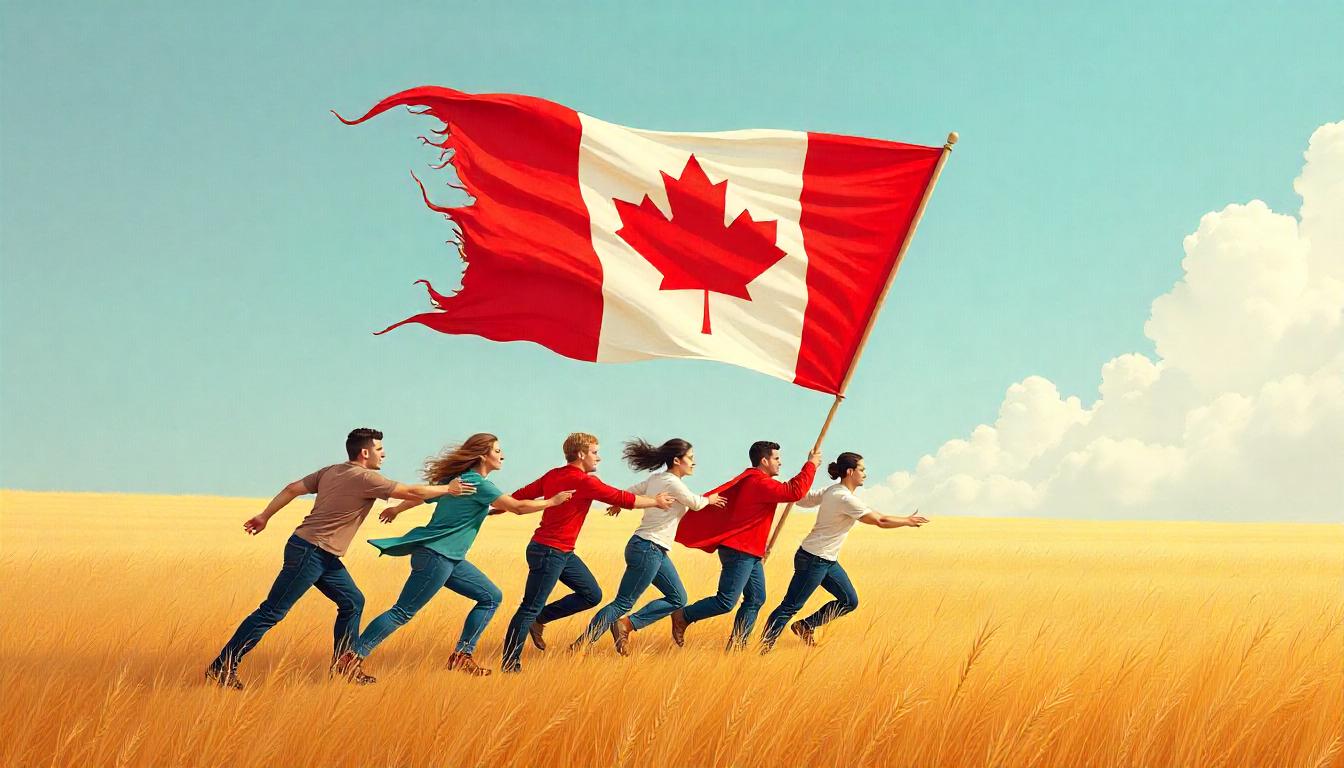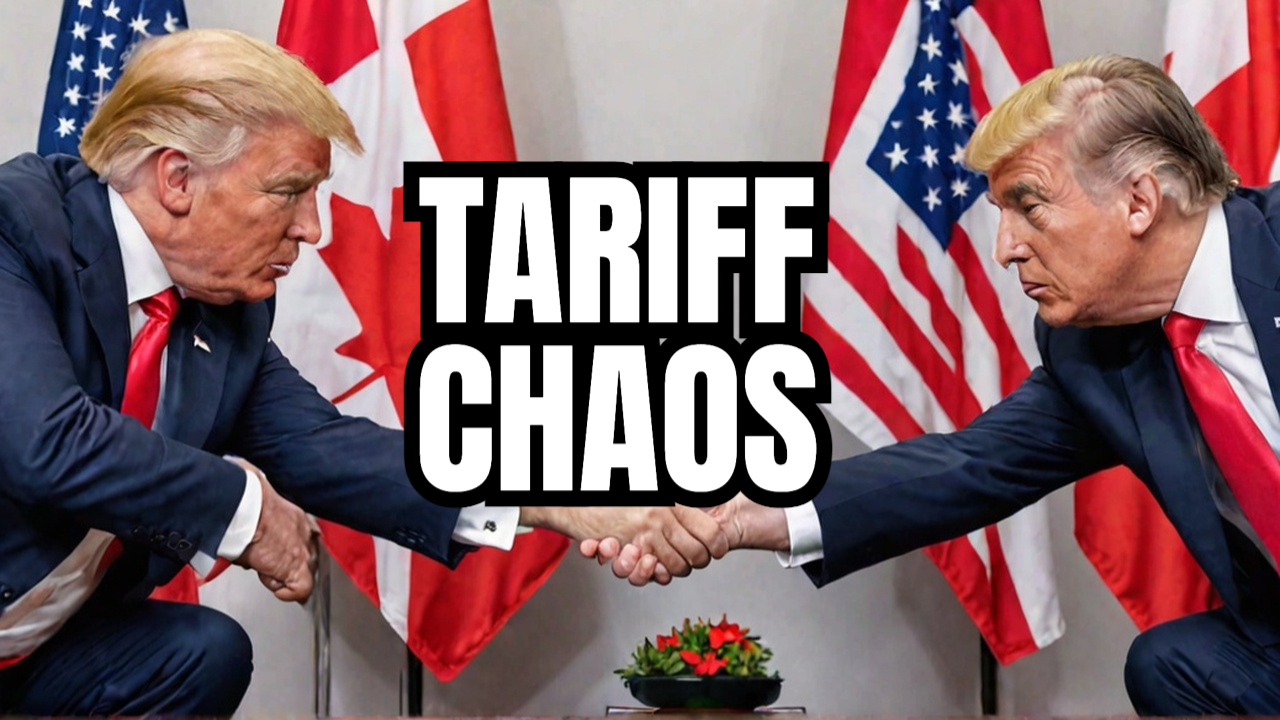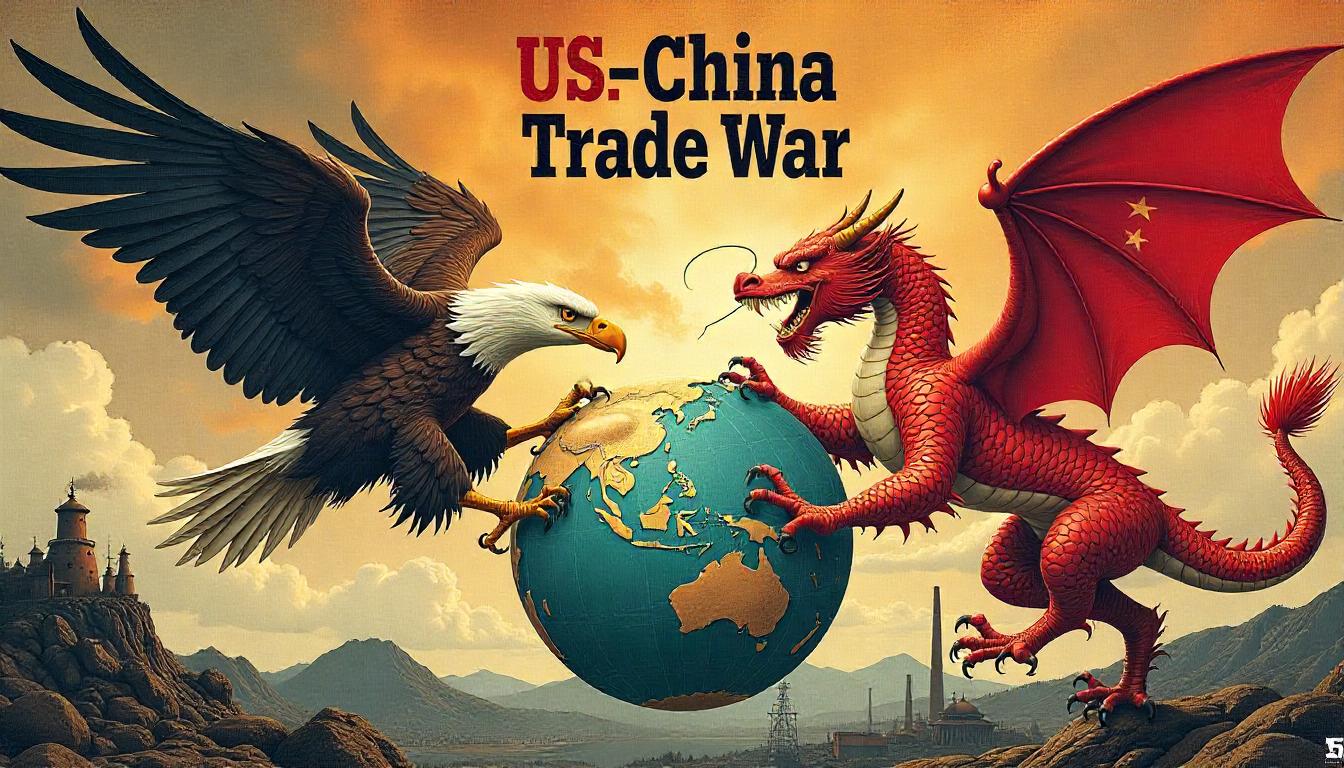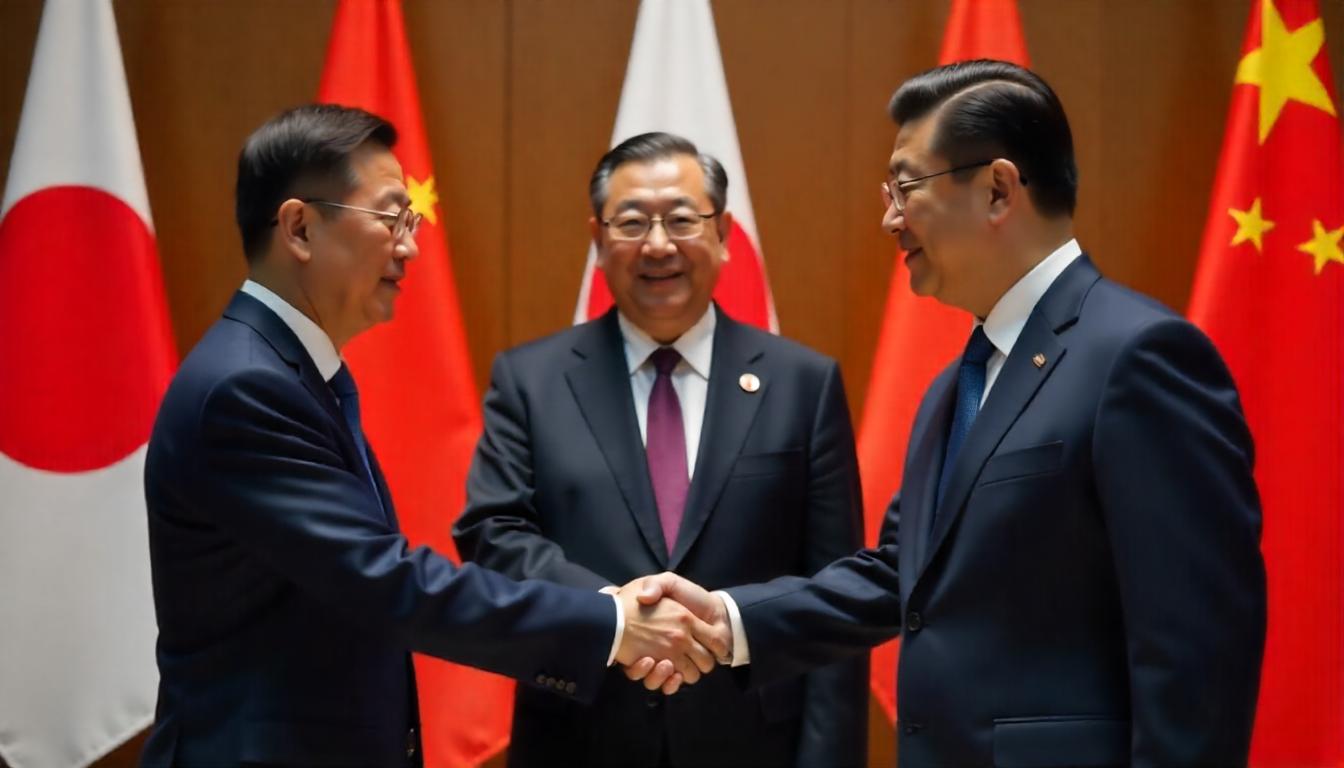How Canada Outsmarted Trump’s Trade War
When President Donald Trump returned to the White House in 2025, he wasted no time reigniting his “America First” doctrine. Among the first flashpoints was trade — and Canada, America’s largest trading partner, found itself abruptly caught in Trump’s crosshairs.
In a dramatic move, the Trump administration slapped tariffs on Canadian aluminum, dairy products, and softwood lumber, claiming they were necessary to protect American industries and jobs. The decision threatened to derail one of the most robust cross-border economic relationships in the world.
But then, just as quickly as it escalated, the pressure on Canada suddenly ceased. Trump stopped talking about more tariffs, and Washington quietly de-escalated the standoff. What happened?
The answer: a masterclass in calm retaliation, smart diplomacy, and political pressure — all orchestrated by Canada’s then-Prime Minister, Justin Trudeau.
What Happens When The US And China Completely Stop Trading
🇨🇦 Trudeau’s Counterstrike: Targeted, Tactical, and Timed
Trudeau’s government understood that emotional reactions would only escalate tensions. Instead, Canada responded strategically — choosing retaliatory tariffs with precision and political intent.
The Trudeau-led administration imposed counter-tariffs on over $30 billion worth of U.S. exports, including products like:
- Bourbon from Kentucky
- Orange juice from Florida
- Motorcycles from Wisconsin
- Beef and ketchup from Midwest producers
Why these? Because they originated from politically sensitive U.S. swing states, where economic backlash could tip upcoming elections. These tariffs weren’t just economic tools — they were political leverage.
In addition, Trudeau announced that if the U.S. did not reverse course, Canada would expand tariffs to another $125 billion in goods within three weeks, increasing pressure on American exporters and politicians.
🧠 Canada’s Playbook: Calm, Calculated, and Cooperative
Beyond trade retaliation, Canada took a multi-pronged approach:
1. Bipartisan Outreach
Canadian diplomats worked quietly with U.S. governors, congressional leaders, and trade organizations. By engaging both Republicans and Democrats, Trudeau’s government built behind-the-scenes alliances that added pressure on the White House from within.
2. Trade Diversification
Canada accelerated trade deals with the EU and Asia-Pacific partners to reduce its dependency on U.S. markets — bolstering the Comprehensive Economic and Trade Agreement (CETA) and CPTPP. These deals not only cushioned the blow but signaled Canada’s global trade independence.
3. Domestic Support Programs
To protect vulnerable Canadian industries, the Trudeau government launched financial support measures for sectors hit by the tariffs, including dairy, metals, and lumber. This ensured job protection and public confidence remained intact.
4. Border Security Cooperation
Interestingly, Trudeau also took steps to address one of Trump’s long-time grievances: border security. Canada introduced a revamped border enforcement plan, adding 10,000 new officers, boosting drug surveillance, and proposing a joint U.S.-Canada task force. This neutralized one of Trump’s core talking points while reinforcing bilateral cooperation.
🇺🇸 Why Trump’s Administration Backed Down
Though Trump is known for confrontational trade policies, his administration stepped back from further targeting Canada. Several factors made continued escalation politically and economically risky:
✅ 1. Domestic Business Pressure
U.S. manufacturers, farmers, and retailers — heavily reliant on Canadian supply chains — began lobbying hard against further tariffs. Disruptions in aluminum and lumber led to higher costs for cars, construction, and food.
✅ 2. Political Blowback
The retaliatory tariffs impacted key electoral states, risking voter backlash in the lead-up to the 2026 midterms. Trump’s advisers recognized that further provocation could cost the GOP House and Senate seats.
✅ 3. Legal Risk Under USMCA
Canada was prepared to launch legal challenges under the United States–Mexico–Canada Agreement (USMCA), formerly NAFTA. Litigation could tie up Trump’s trade team in years of arbitration and public embarrassment.
✅ 4. Bigger Fights Brewing
At the same time, Trump’s administration was battling simultaneous disputes with China, the EU, and India. Opening too many fronts at once threatened to fracture U.S. global trade relations and overextend federal resources.
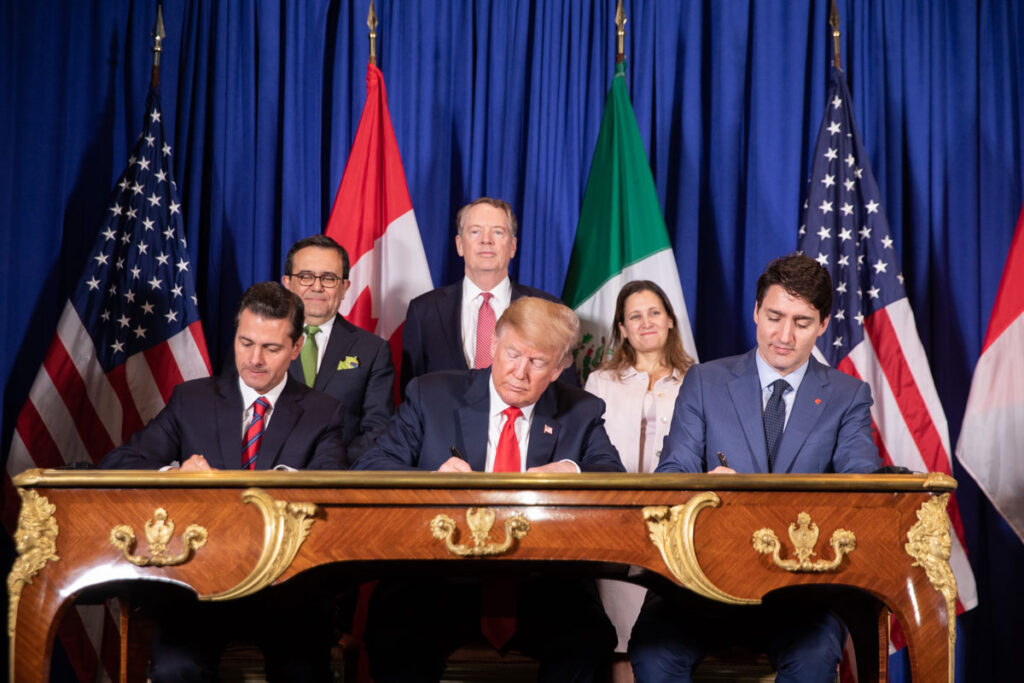
Mexican president Enrique Peña Nieto, U.S. president Donald Trump, and Canadian prime minister Justin Trudeau sign the United States–Mexico–Canada Agreement in 2018.
🏁 The Aftermath: Canada Emerges Stronger
Thanks to Trudeau’s diplomatic finesse, Canada not only avoided a deeper economic crisis — it sent a clear message: bullying would be met with brains, not bluster.
When Trump saw that Canada wouldn’t cave — and worse, that he was losing the trade optics battle — he backed off. No new tariffs were introduced. Canada’s economy stabilized. And the bilateral relationship remained intact, albeit bruised.
Even though Trudeau is now the former Prime Minister, his 2025 response is widely regarded as one of the most effective economic countermeasures of his political career — and a defining moment for Canadian sovereignty in the face of global pressure.

